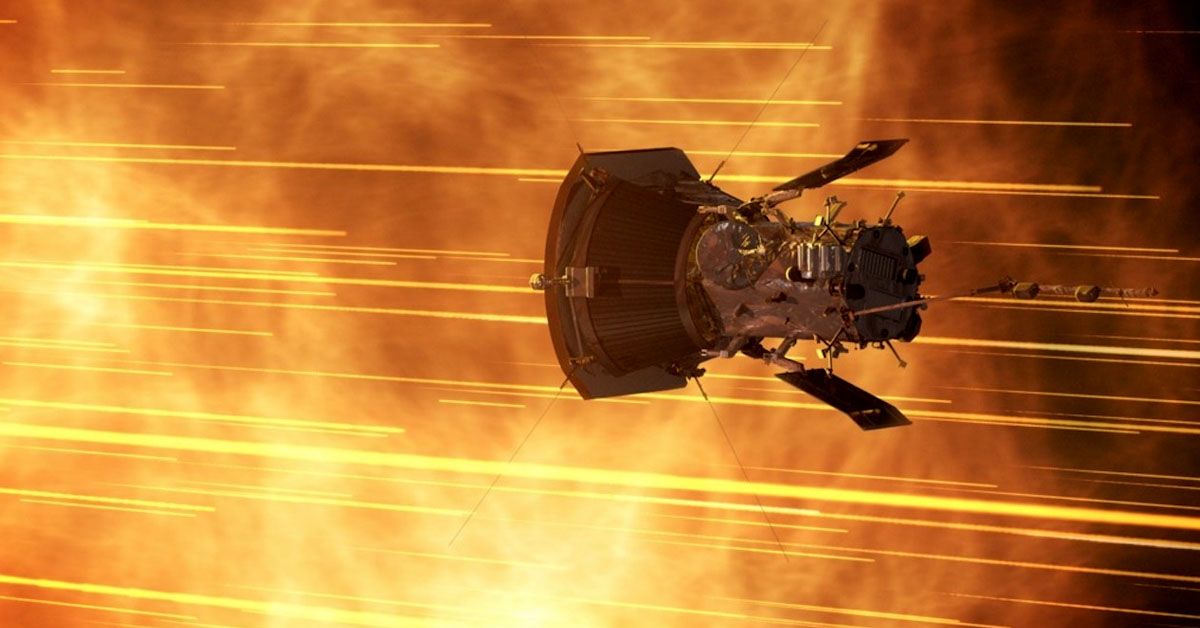The sun, the fiery celestial body at the heart of our solar system, has long captivated scientists and laypeople alike. Not just a glowing orb in the sky, the sun is a complex, powerful force with activities that impact us here on Earth. One such activity is the emission of solar winds, streams of charged particles that race into space at breakneck speeds.
But have you ever wondered what powers these mighty winds?
The NASA Parker Solar Probe, a spacecraft daring enough to dive into the sun's atmosphere, might have finally cracked this cosmic conundrum.
The Parker Solar Probe and its Mission
Imagine launching a spacecraft designed to do something unthinkable: to plunge straight into the sun's scorching atmosphere. That's exactly what NASA did with the Parker Solar Probe.
This bold mission wasn't a random act of space exploration. It was a strategic move to investigate a mystery that has been puzzling scientists for years: the origin of high-speed solar winds.
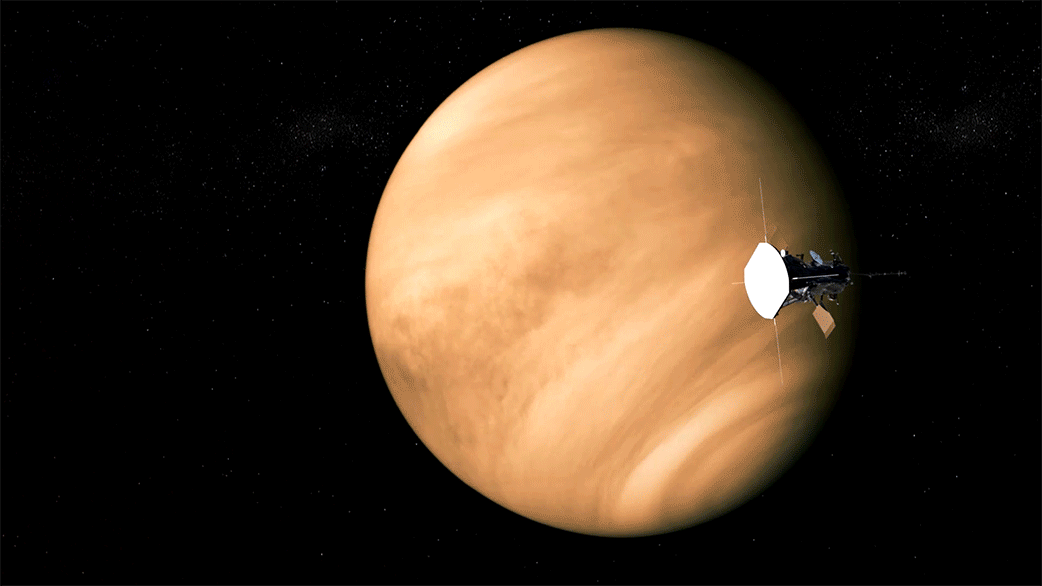
NASA and the Parker Solar Probe have teamed up to uncover secrets that the sun has been guarding for billions of years. The spacecraft, which was represented in an illustration as a tiny object surrounded by the sun's intense, orange light, dared to venture where no probe has before, within about 8 million kilometers of the sun's fiery surface.
The goal? To explore solar flares and various solar activities that are impossible to study from Earth. And maybe, just maybe, the probe could help scientists understand the driving forces behind those incredible, high-speed solar winds.
A Closer Look at Solar Winds: Slow and Fast
Let's take a step back and grasp what solar winds are. In essence, they're streams of charged particles, protons, electrons, and atomic nuclei, that flow from the sun into space. These winds don't all move at the same speed, though.
There are two types: "slow" solar winds and "fast" solar winds.
Slow solar winds move at a speed of hundreds of kilometers per second, while fast solar winds can travel over ten times faster. The cause of these fast solar winds was like an unsolved puzzle. But thanks to the daring mission of the Parker Solar Probe, we might finally have the missing pieces.
The Clues to High-Speed Solar Winds: Narrow Plasma Streams
As the Parker Solar Probe ventured daringly close to the sun's surface, it detected something intriguing: narrow streams of plasma, another name for charged particles.
These streams, moving at high speeds and guided by the sun's magnetic fields, hinted at something significant occurring in the sun's atmosphere.
But what was directing these streams and powering their high speeds?
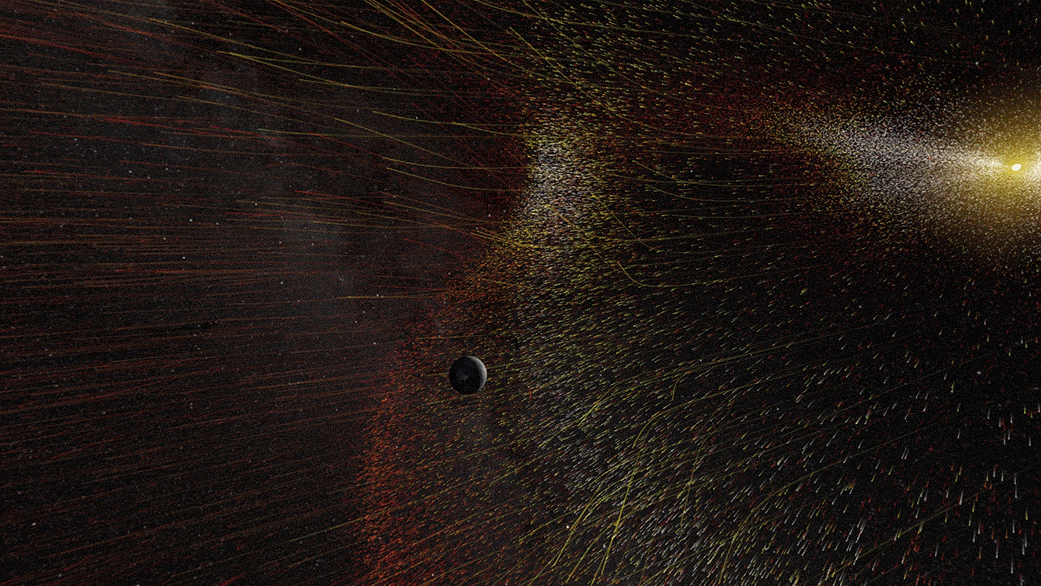
The answers, it seems, were hiding in cooler regions of the sun's atmosphere called coronal holes. Here, the sun's magnetic fields originate, spreading out like the branches of a tree.
These magnetic fields appear to act as guides for the plasma streams, much like rails guide a speeding train.
The role of these coronal holes and magnetic fields in shaping and powering the plasma streams suggested a connection to the fast solar winds.
Could these coronal holes be the source of the solar wind's high-speed gusts? The evidence seemed to point in that direction.
Switchbacks: Magnetic Reversals Powering Plasma
As the probe delved further into its investigation, it made another fascinating discovery. The fast plasma streams were associated with switchbacks or points where the magnetic fields near the sun abruptly reverse direction.
Think of it like a twisty road up a mountain. As you're driving, you frequently have to switch back or change direction to continue up the mountain.
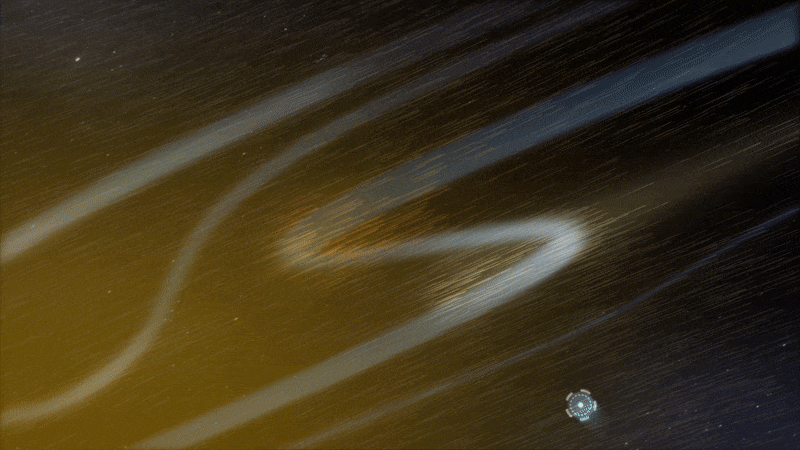
Similarly, the sun's magnetic field lines close to the surface connect to long field lines stretching away from the sun. This connection creates a kind of "kink" or switchback that propels the plasma into space.
The researchers found that higher energy streams seemed to result from newly reconnected field lines with sharp switchbacks, while lower energy streams seemed to come from older kinks that had smoothed out over time.
This finding revealed a possible mechanism behind the mysterious fast solar winds. But while the evidence was compelling, it still needed to be definitive.
Crucial Aspects of Understanding Solar Winds
So why is figuring out the source of fast solar winds such a big deal? Why would NASA send a probe into the sun's atmosphere to solve this mystery? The answer is that understanding the origin of fast solar winds can have substantial real-world implications.
You see, solar winds are more than just streams of charged particles blowing in the cosmic wind. They're a manifestation of the sun's activity, its mood swings if you like, and they carry information about what's going on inside the sun.
So, understanding these winds, especially the fast ones, allows us to peer into the sun's inner workings, shedding light on why the sun's atmosphere is hotter than its surface, among other solar mysteries.
Electrical Grids, Radio Communications, and Astronaut Safety
Besides the purely scientific interest, understanding solar winds also matters for some very down-to-earth reasons. Believe it or not, these winds, despite originating millions of kilometers away, can have an impact right here on Earth.
Think about it: these winds are made of charged particles, which can interact with Earth's magnetic field, causing what we know as "space weather." This space weather can affect our planet in several ways.
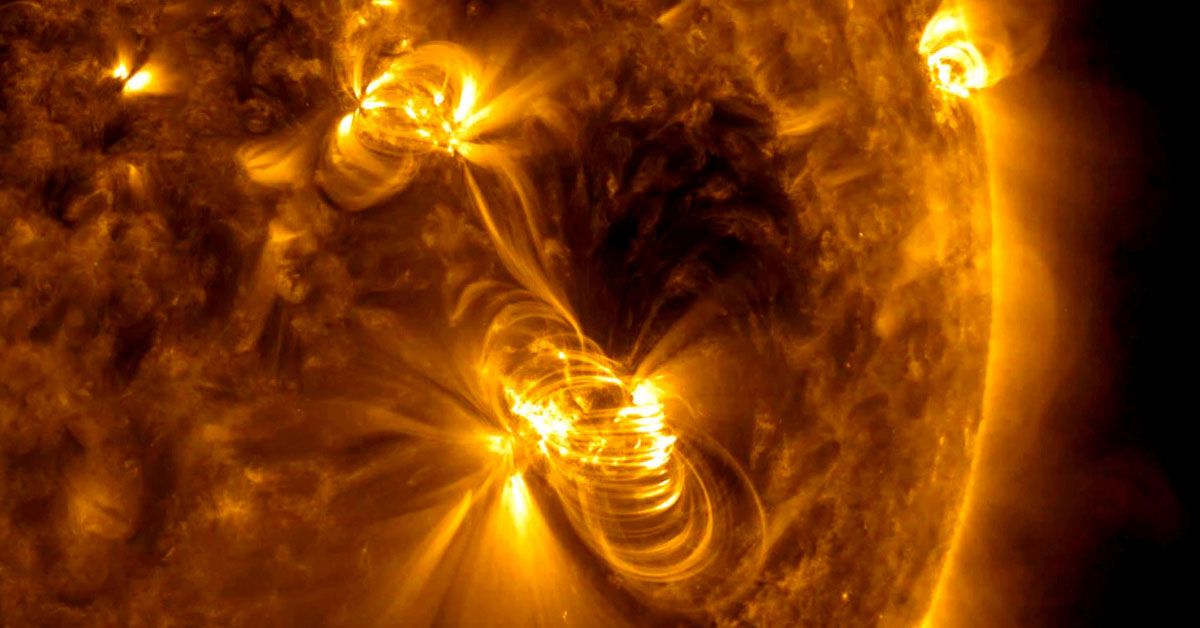
For instance, it can cause problems with electrical grids, leading to power outages. It can also interfere with radio communications, affecting everything from airplane navigation systems to your favorite radio station.
And there's another group for whom understanding solar winds is vital: astronauts. Yes, those brave explorers venturing into space need to know about solar winds as these charged particles can pose significant health risks during space travel.
So, by studying and understanding solar winds, we can better protect our astronauts and plan safer space missions.
Upcoming Peaks in the Sun's Activity
Think again if you think the sun is a constant, unchanging entity. Our star, like all stars, goes through cycles of activity. The peak in these cycles, known as the solar maximum, is when the sun is especially active.
Scientists expect the next solar maximum to happen around July 2025, and it will be a significant event for the Parker Solar Probe.
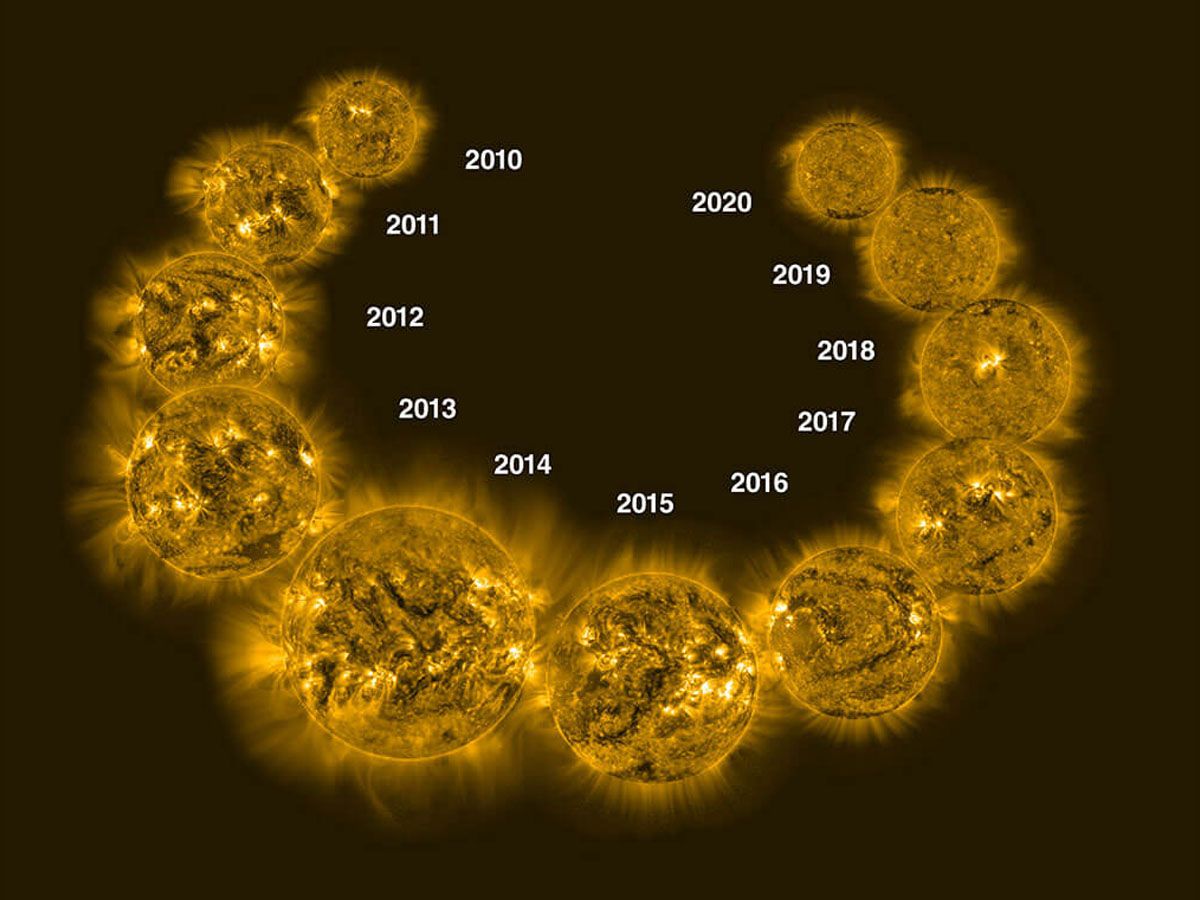
During these periods of heightened activity, the sun exhibits increased numbers of sunspots and solar flares. As the sun gets more active, coronal holes become more widespread, potentially directing more streams of charged particles toward Earth.
These events could provide a wealth of data about the solar winds and their sources. But there's a catch. The solar maximum can also complicate data collection, making it more challenging for the probe to isolate specific streams of solar wind.
The Pursuit of Confirm the Source of Fast Solar Winds
While the findings so far have given us valuable insights into solar wind dynamics, the mission of the Parker Solar Probe is far from over. Its future close encounters with the sun will aim to further confirm the source of fast solar winds.
One of the crucial findings the probe is set to confirm is the role of coronal holes in creating the fast solar wind. These holes act like showerheads, emitting charged particles from bright spots where magnetic fields extend from the sun's surface.
The breaking and reconnecting of these magnetic field lines, a process known as magnetic reconnection, may be the mechanism that propels the solar wind into space.
These future missions will provide further data to validate these theories. Although studying the solar wind in detail from Earth is challenging due to its homogeneous flow when it reaches our planet, the Parker Solar Probe's future close approaches to the sun could help confirm these ideas.
Thus, as we anticipate the sun's peak activity and the Parker Solar Probe's future missions, we stand on the brink of potentially revolutionary findings about our star and its impact on our planet.
Will these upcoming encounters affirm our current understanding, or will they uncover new layers of solar mysteries? Only time will tell.
Sources: nature.com / sciencenews.org
